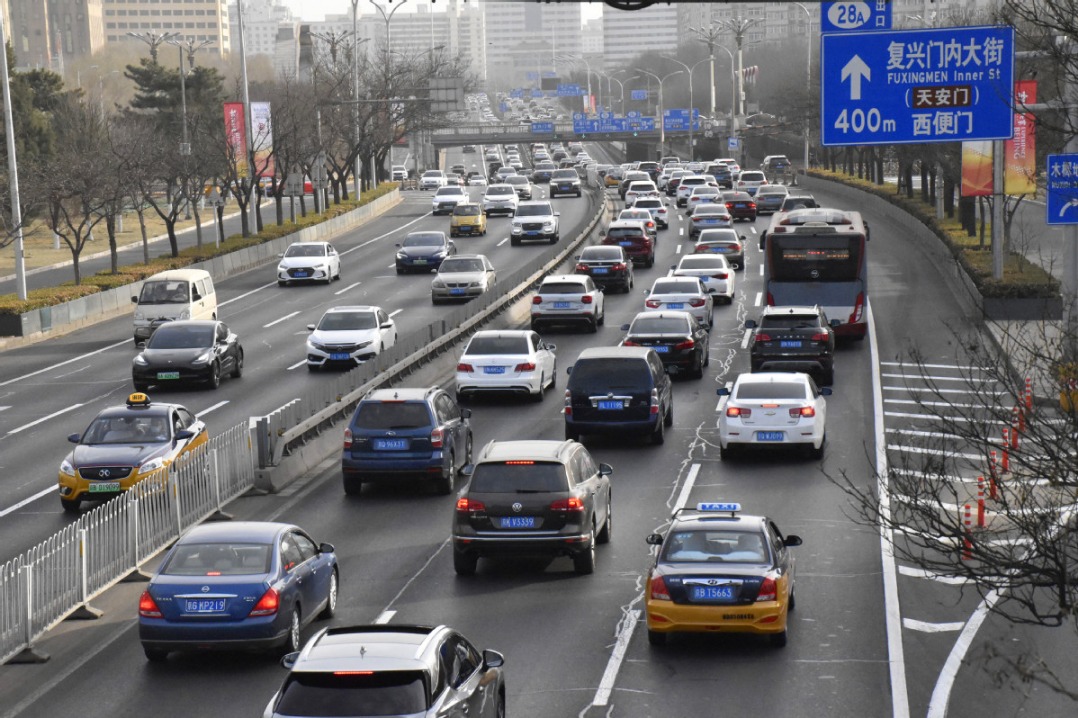Number of foreign airline captains growing
By ZHANG YI | China Daily | Updated: 2018-03-15 09:27

Chinese airlines employed 1,332 foreigners as flight captains as of the end of last year, an increase of 33 percent over 2016, according to an aviation industry report.
The captains came from 56 countries, with South Korea ranking first with 307, followed by Russia, Brazil and the United States, according to the Chinese Civil Aviation Pilot Development report released by the Civil Aviation Administration of China.
The proportion of foreign captains among all captains employed by Chinese airlines also jumped in recent years-from 4.5 percent in 2015 to 8.2 percent in 2017, the report said.
As of Dec 12, the administration had issued pilot's certificates to 3,699 foreign citizens, with 3,168 of those being airline transport pilot certificates, the basic requirement for employment by a Chinese carrier, the report said.
"Foreign pilots have contributed a lot to the improvement of China's civil aviation. However, they are getting older, a problem that should not be neglected by the airlines," the CAAC said.
The report said 537 foreign captains were aged between 46 and 52, accounting for about 40.5 percent of the total. Only 17 captains were between 28 and 30 years old.
"It shows that China's talent pool for pilots is more abundant now, and that will guide companies to adjust their fleet size to ensure a stable pilot market," said Zhu Tao, a CAAC official.
As of Dec 31, China had issued 55,765 pilot certificates, a 10.4 percent increase over the previous year, including 22,405 airline transport certificates, according to the report.
The number of pilots available is a crucial factor for the airlines, and the shortage of captains is easing in China, it said.
The report shows that 16,120 captains and 19,857 first officers (second in command), including 713 females, were available to Chinese airlines in December, an increase of 10.3 percent and 15.6 percent respectively from January last year.
Another highlight of the report was the rapid growth in the number of unmanned aerial vehicle certificates in China. At the end of last year, it was about 24,400, about 10 times the number in 2015.
"The growth means that the unmanned aerial vehicle industry in China is being normalized and is reaching many sections of society," Zhu said.
























